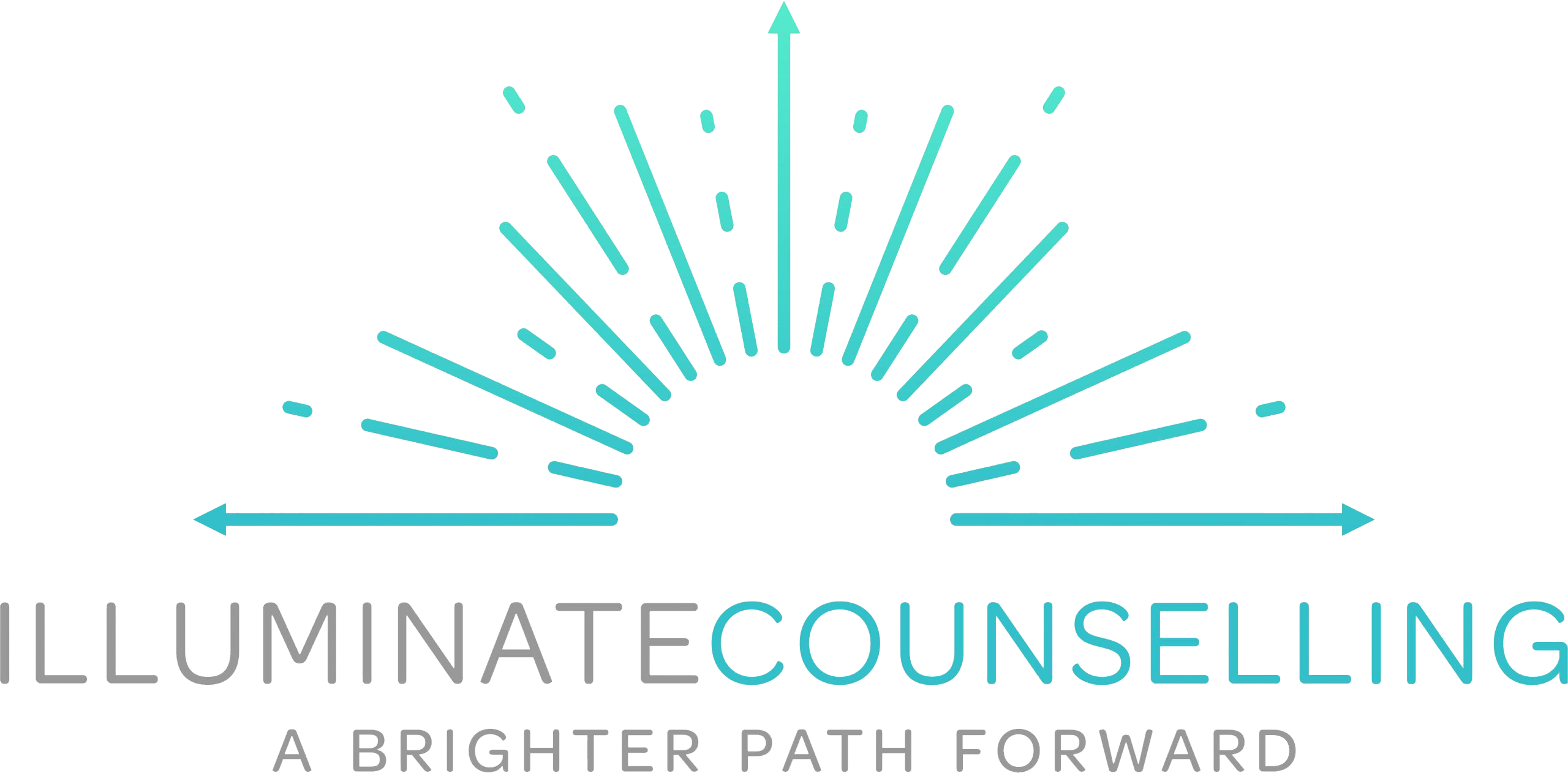Our Brain is Wired to see Worst-Case Scenarios
Our brain is very good at putting things into categories – it has evolved to do this as a way of keeping us safe from danger. We learn to discern things as “good/bad”, “safe/unsafe”. Our brain also has the propensity toward preparing for worst-case scenarios, with the same aim of protecting us from potential danger. While there is value in this tendency, there are times that we suffer because our thinking is going too far to the negative.
What are Cognitive Distortions?
We all experience what we call Unhelpful Thinking Styles (also known as cognitive distortions), and it’s common for these to occur more in an anxious mind. These Unhelpful Thinking Styles can lead to or perpetuate the fight/flight/freeze (self-protective) response.
5 Thinking Patterns Common in Anxiety
Here are some of the most common thinking patterns that you might notice if you are experiencing anxiety:
Shoulds
“I should be getting more exercise.”
Catastrophizing
“I’m never going to find another job.”
Perfectionism
“If I don’t finish everything on my to-do list, I’ll fail.”
Black & White Thinking
“I’m terrible in social situations, and always will be.”
Overgeneralizing
“My partner is always getting me down.”
**Try especially keeping an eye on the ‘shoulds’ – as they can perpetuate anxiety, make it hard to enjoy the present moment, and result in feelings of guilt or even shame.
Don’t ‘Should’ All over Yourself!
Instead of using ‘shoulds’, try one of these below:
“I would like to…”
“If I have time today I will…”
“At some point, I plan to…”
**OR**
“I’m not going to do that.”
“That can wait.”
“_______ is not important enough for me to make it a priority.”
Notice your Thoughts, but Don’t Try to Change Them
We encourage you to bring gentle awareness and curiosity to your own thinking. Do any of those Unhelpful Thinking Styles seem familiar to you? By giving them a label, you can begin to distance yourself from the thoughts, and eventually challenge them. But the first and most important step is awareness.




